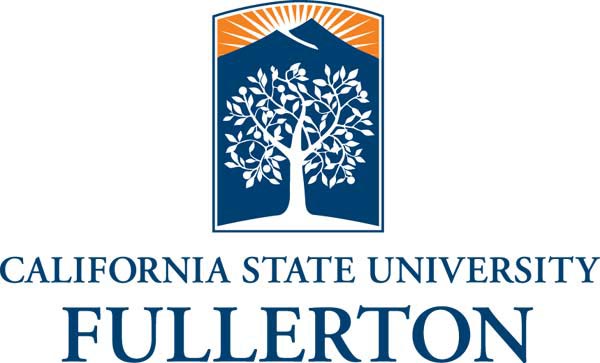Plant-Virus Interactions
A major area of investigation in the Sacco lab is the interactions between the Poleroviruses Turnip yellows virus and Potato leafroll virus with plants in the Nicotiana genus (tobaccos). We are particularly interest in the protein P0, an important determinant of virulence for the Poleroviruses in their host plants. P0 is a viral suppressor of RNA silencing. RNA silencing is a plant defense mechanism that recognizes foreign viral RNAs and targets them for degradation. P0 interferese with this mechanism by causing the elimination of a key component, proteins called the Argonautes (AGOs).

Agroinfiltration of leaves from Nicotiana benthamiana.
Agroinfiltration of leaves from Nicotiana glutinosa.
Expression of P0 in Nicotiana leaves can be used to study its function as a VSR or in induction of a type of programmed cell death called the hypersensitive response (HR). For VSR function, we express P0 with a green fluorescent protein (GFP) and look for green fluorescence under UV light (the plant's green chlorophyll appears red under UV light). If the GFP geen is expressed alone, there will be no fluorescence seen under UV light 6 days after the leaves were infiltrated (bottom patch on the right side). If P0 induces HR, the patch will appear dead (top patch on the right side). We have created mutants of P0 that disrupt its ability to elicit HR, but preserve its RNA silencing suppression activity, seen by green fluorescence in the rest of the patches.
Our current research is aiming to study the protein-protein interactions between P0 and proteins of the host cell to fully understand how P0 causes HR or suppresses RNA silencing in different plants. We are using molecular biology and biochemical approaches to define important regions of P0 for function, to identify proteins with which it interacts and to identify an immune receptor in Nicotiana glutinosa that recognizes P0 and activates defense signaling that leads to HR.
Additional projects in the lab are investigating resistance to the Tobamoviruses Tobacco mosaic virus and Tomato moaic virus through the immune receptor Tm-22 and the role of 14-3-3 proteins in this resistance, as well as infection of roses by the recently identified Emaravirus Rose rosette virus.
Avian Endogenous Retroviruses
All vertebrates have endogeous retroviruses in their genomes. Endogenous retroviruses are DNA copies of ancient retroviruses that integrated into a host germ-line cell and became a permanent part of the host's genome so that it could be transmitted to offspring, so inherited in a Mendelian fashion.

PCR detection of GGERV1-1 segregation.
We are interested in endogenous retroviruses of the chicken (Gallus gallus) since chicken cells are used to grow virus for human vaccination. It is important to understand all potential virus components in these vaccine substrates. We are studying an endognous retrovirus that we identified in the available Gallus gallus genome sequence and found to contain intact gag (structural) and pol (enzyme) genes that could contribute to reverse transcriptase activity detected in virus vaccines. This endogenous retrovirus, which we are calling GGERV (Gallus gallus endogenous retrovirus) has many copies present in the chicken genome and loci we are studying, such as one found on chromosome 1 (GGERV 1-1) are still segregating in the population and have not become fixed. Current studies are examining whether GGERV genomes are associated with reverse transcriptase activity present in virus-like particles originating from uninfected chicken embryo fibroblasts.
 Sacco Plant Molecular Biology & Virology Lab
Sacco Plant Molecular Biology & Virology Lab